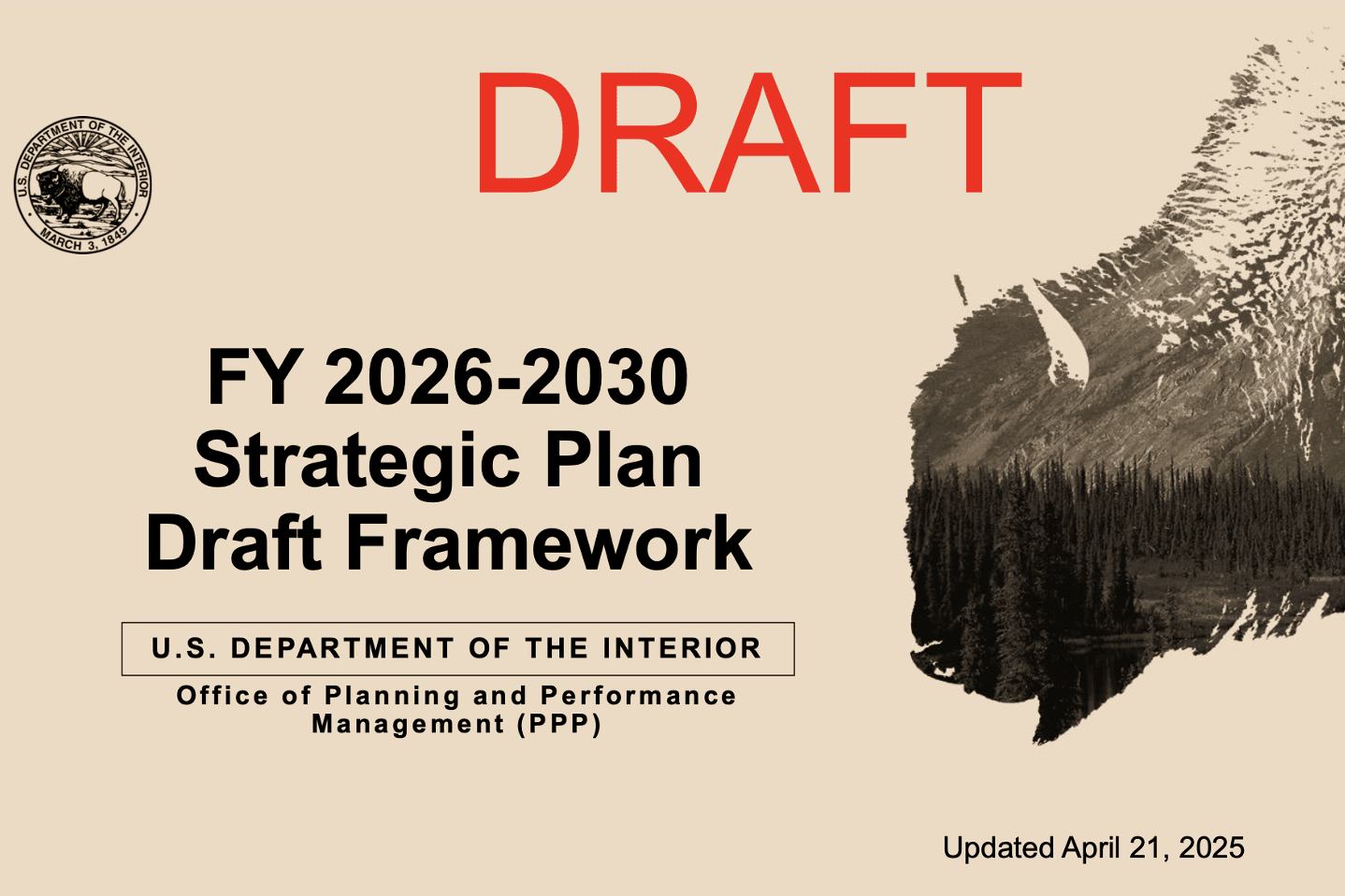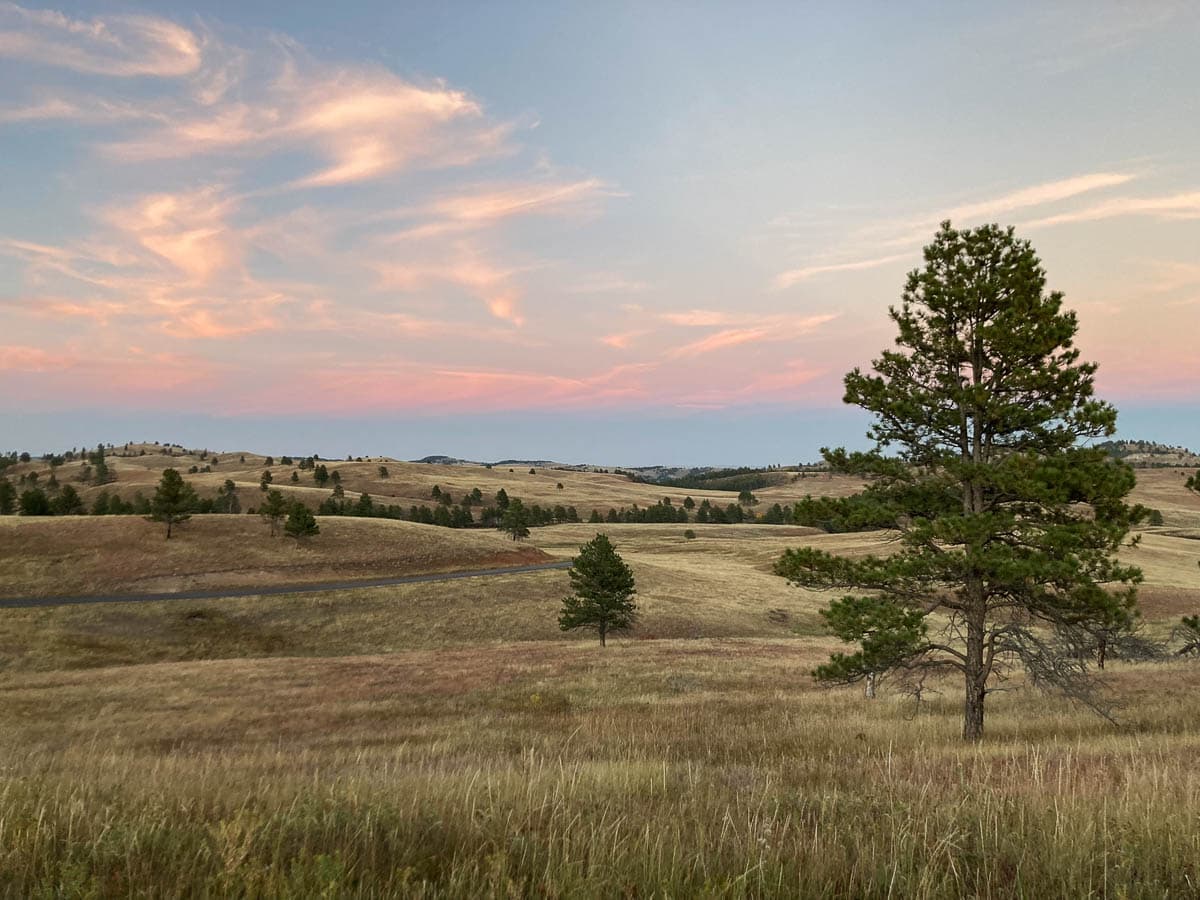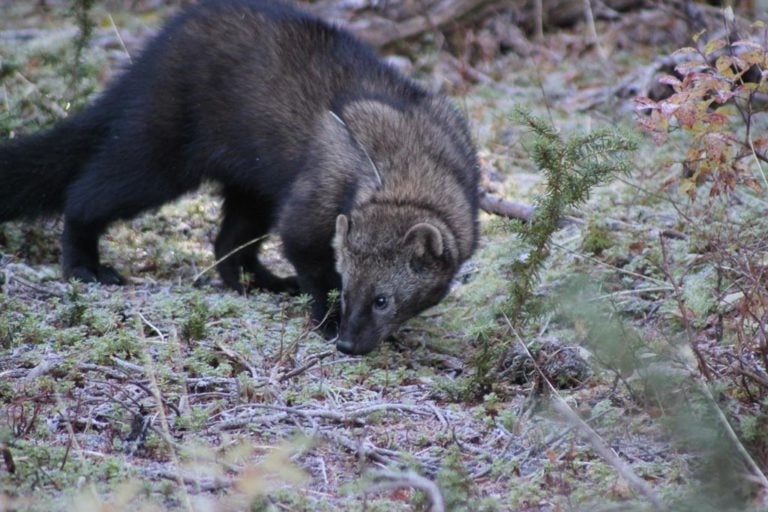Conservationists Decry Interior Department’s New Land Use Plan as ‘Sellout’ of Western Public Lands
Environmental and conservation advocates have slammed a newly leaked U.S. Department of the Interior (DOI) strategy document as a dangerous roadmap that prioritizes commercial exploitation and privatization over the protection of public lands in the American West.
Leaked on Earth Day to a reporter and published by Western Watersheds Project, Interior’s draft copy of its 2026-2030 Strategic Plan outlines sweeping changes to the way public lands are managed.
The document includes proposals for expanded grazing, mineral development, and state-level control over federal lands—moves that critics say threaten ecological integrity, public ownership, and democratic access.

A Shift Toward “Decentralization”
At the heart of the controversy is the Strategic Plan’s emphasis on decentralizing public land management. The Department of the Interior outlines goals to delegate authority to state and local governments, as well as local stakeholder groups, in decisions involving national forests, Bureau of Land Management (BLM) lands, and other federal lands.
“Every American has an equal stake in our western public lands, and they need to be managed for the public interest as a whole, not just to line the pockets of powerful local interests,” said Josh Osher, Policy Director of Western Watersheds Project.
“For far too long, local governments have used inside influence to bend federal land management to suit their anti-environmental agendas, to kill wildlife, ramp up drilling, and overgraze the public lands. This new Strategic Plan directs agencies to put anti-conservation local and state governments in charge of public lands.”
The document explicitly promotes concepts long supported by the “land seizure” movement, a political ideology rooted in the belief that the federal government should cede control of Western lands to states or counties. Such a move, critics warn, would open the floodgates to widespread development, privatization, and fragmentation of previously protected public lands.
“It is now widely recognized that state governments lack the staffing and infrastructure to manage federal public lands,” Erik Molvar, Executive Director of Western Watersheds Project, noted.
“So a large-scale transfer of public lands to state or county governments would amount to a sellout of public lands and a transfer to private ownership. All Americans have a strong interest in keeping public land in public hands, and allowing commercial and extractive uses only to the extent that they are compatible with maintaining healthy lands and abundant wildlife.”

Grazing, Mining, and the Cost to Ecosystems
The Strategic Plan also elevates livestock grazing and resource extraction to primary land-use priorities. This is particularly concerning to scientists and advocates who point to decades of evidence showing the ecological damage caused by overgrazing and energy development.
“Livestock grazing is already authorized at such heavy levels that it destroys native grasses, promotes the invasion of flammable weeds like cheatgrass, and outcompetes native wildlife like mule deer and elk for forage,” said Osher.
“The last thing the Department of Interior should be doing is pushing cattle and sheep into lands that have been protected from livestock for decades, where native perennial grasses are recovering and wildlife populations have been rebounding.”
In addition to harming native species, overgrazing also increases the risk of catastrophic wildfires by spreading non-native grasses that burn hotter and faster than native vegetation. Despite this, the Strategic Plan includes provisions to expand grazing leases and ease restrictions on private ranching operations operating on public land.
The same philosophy appears to extend to mining. While the plan offers little detail, it encourages “accelerating access” to mineral resources, which environmentalists interpret as a call for weakened permitting standards and expedited approvals for new extraction projects—including in previously protected areas.

Climate and Conservation: Notably Absent
Perhaps most damning, according to conservation leaders, is what’s not in the Strategic Plan. The leaked document offers no measurable commitments to biodiversity conservation or climate adaptation—two of the most pressing challenges facing public lands today.
Indeed, the word “climate” appears only in reference to “climate-resilient grazing strategies,” and there are no goals for increasing wilderness designations, expanding wildlife corridors, or reducing fossil fuel leasing.
Critics argue this represents a stark departure from the direction the DOI had been moving in recent years, including initiatives to restore Indigenous stewardship, reduce greenhouse gas emissions, and protect migratory species.
“Federal law requires that endangered species decisions be made solely on the basis of science, and this new Interior focus on delisting rare and imperiled plants and wildlife appears to illegally prescribe a political agenda to remove protections into the process,” said Molvar.
The Public’s Role at Risk
Beyond the ecological consequences, conservationists warn the plan also undermines democratic participation in land management. By shifting power to “local stakeholders,” which often means powerful ranching or commercial interests, the average American’s voice could be drowned out.
Legal scholars note that the federal government has a constitutional mandate to manage public lands for the benefit of all Americans—not just those who live nearby or hold special-use permits. Any movement toward localized control could spark legal challenges.
What’s Next?
The Department of the Interior has not officially confirmed the authenticity of the leaked document, nor has it released any statements defending or refuting its contents. However, the plan appears to reflect policy positions advocated by certain lawmakers and lobbying groups closely aligned with extractive industries.
Environmental advocates say they will continue to push back against what they see as a dangerous pivot in land policy.
More information is available at westernwatersheds.org.






